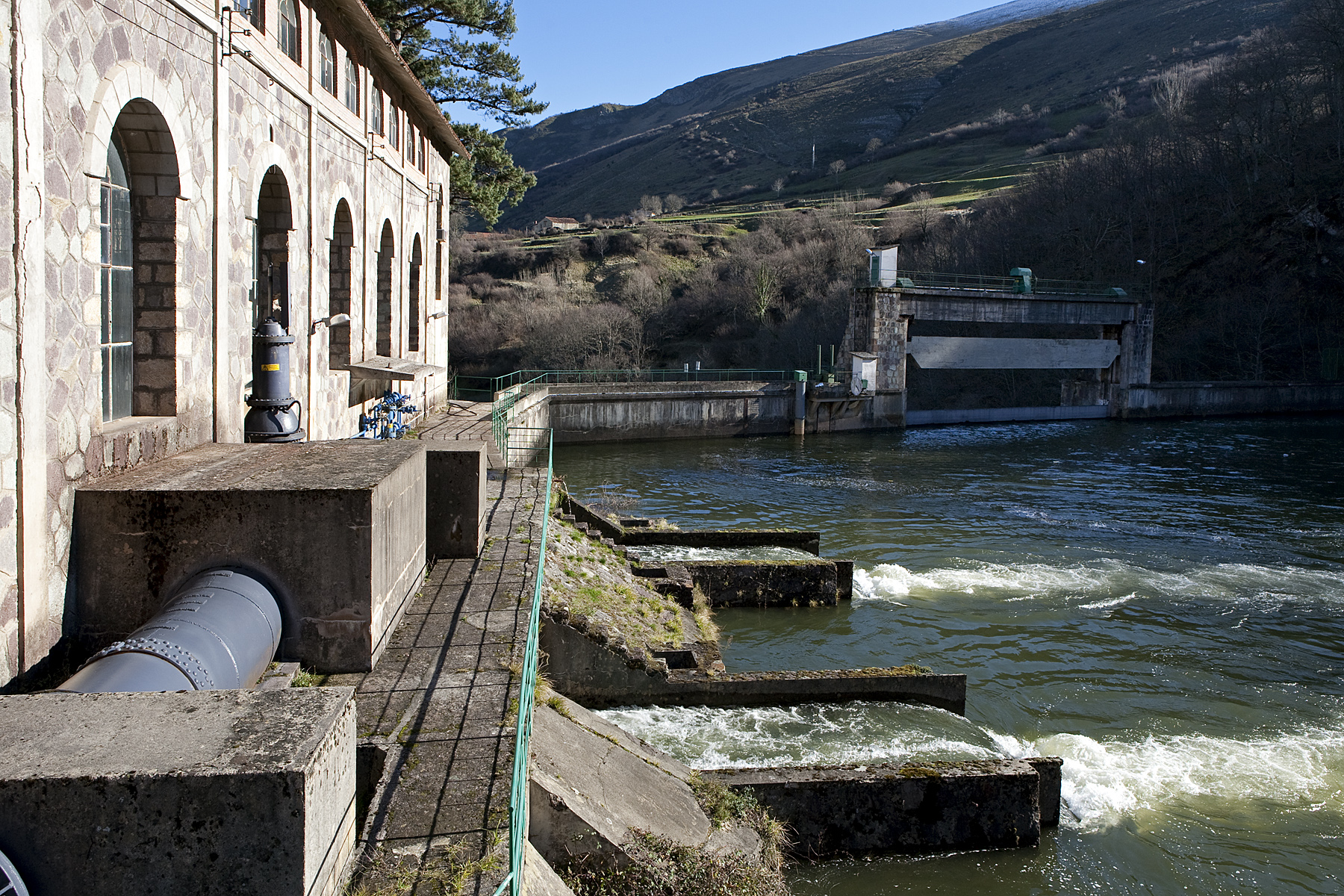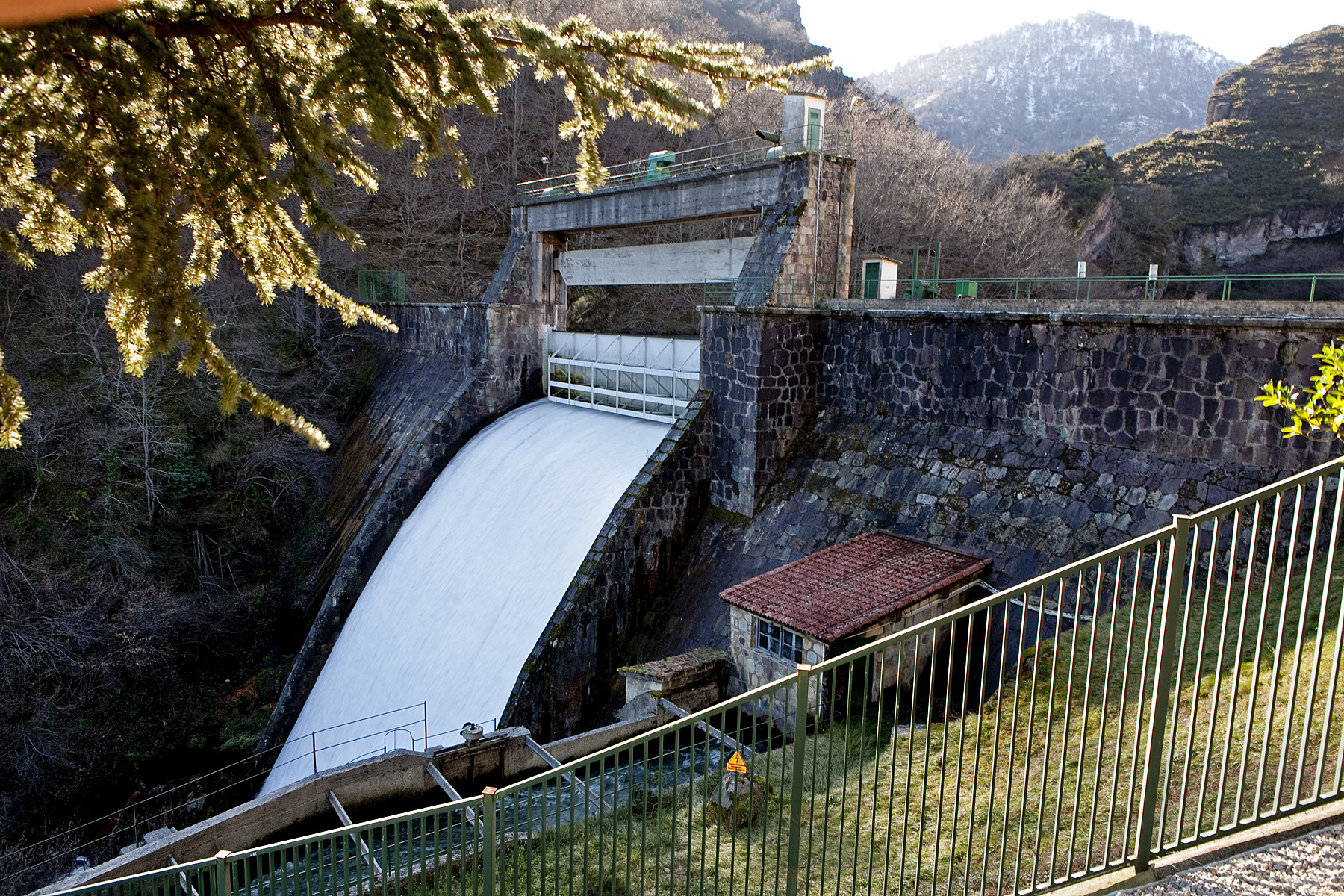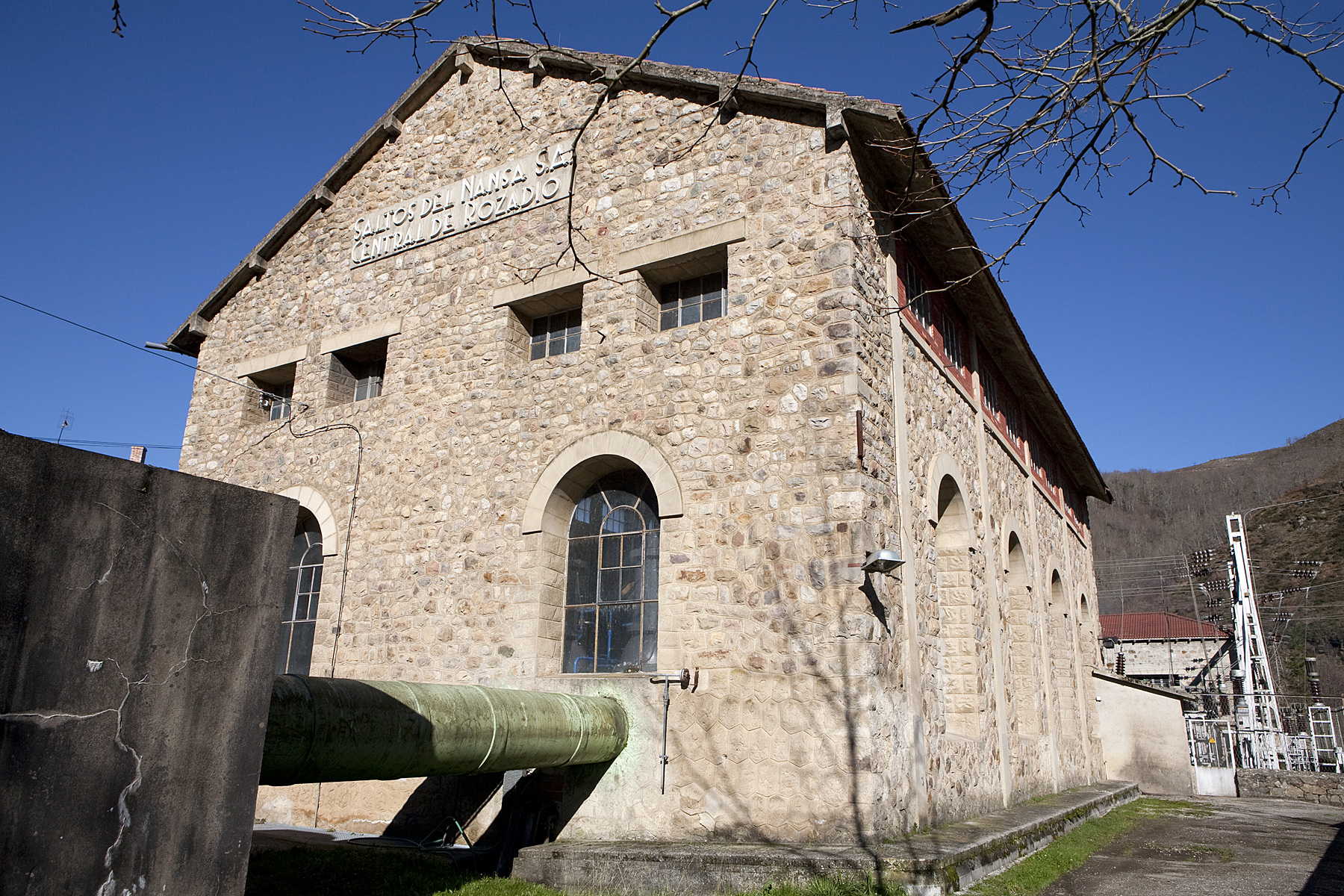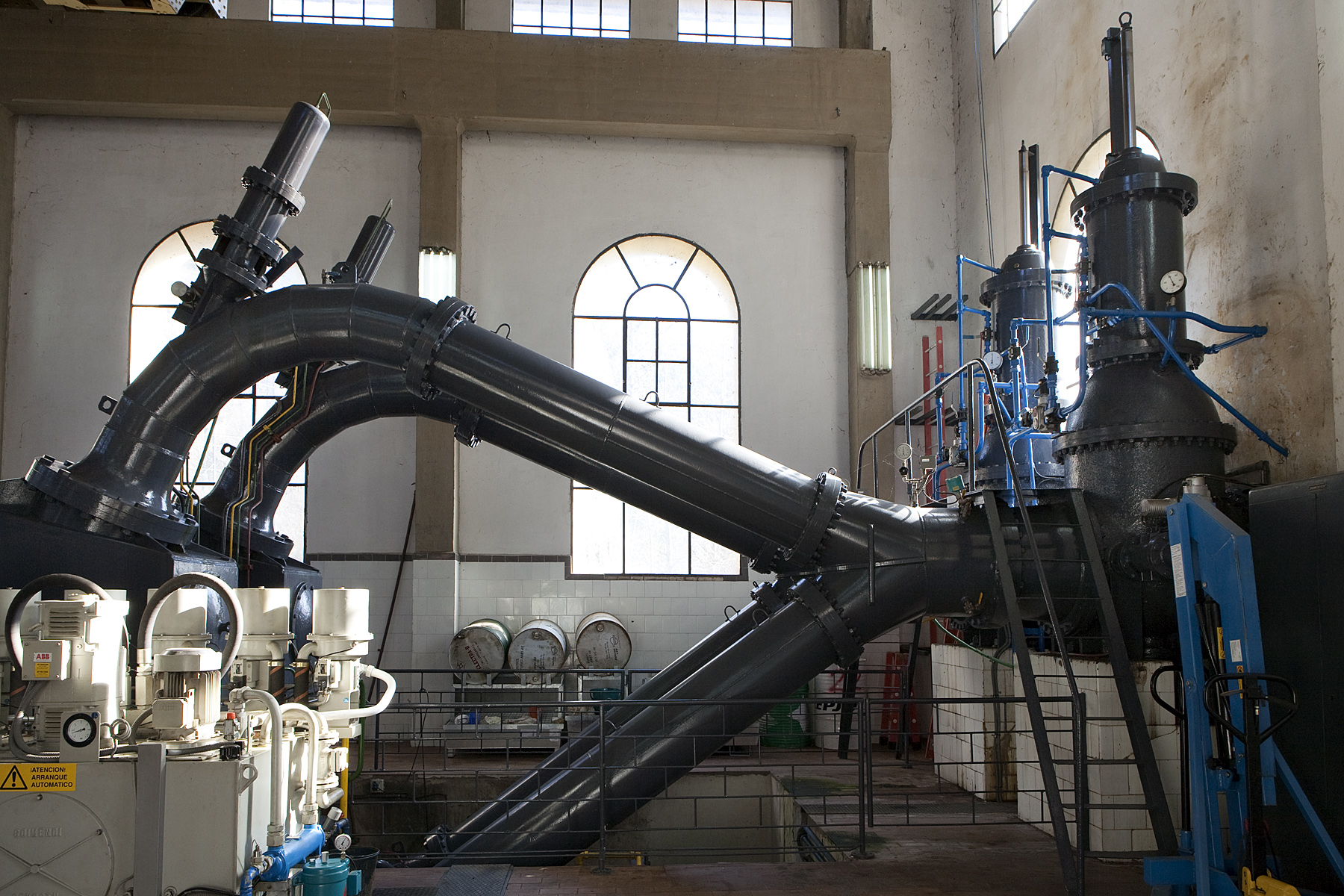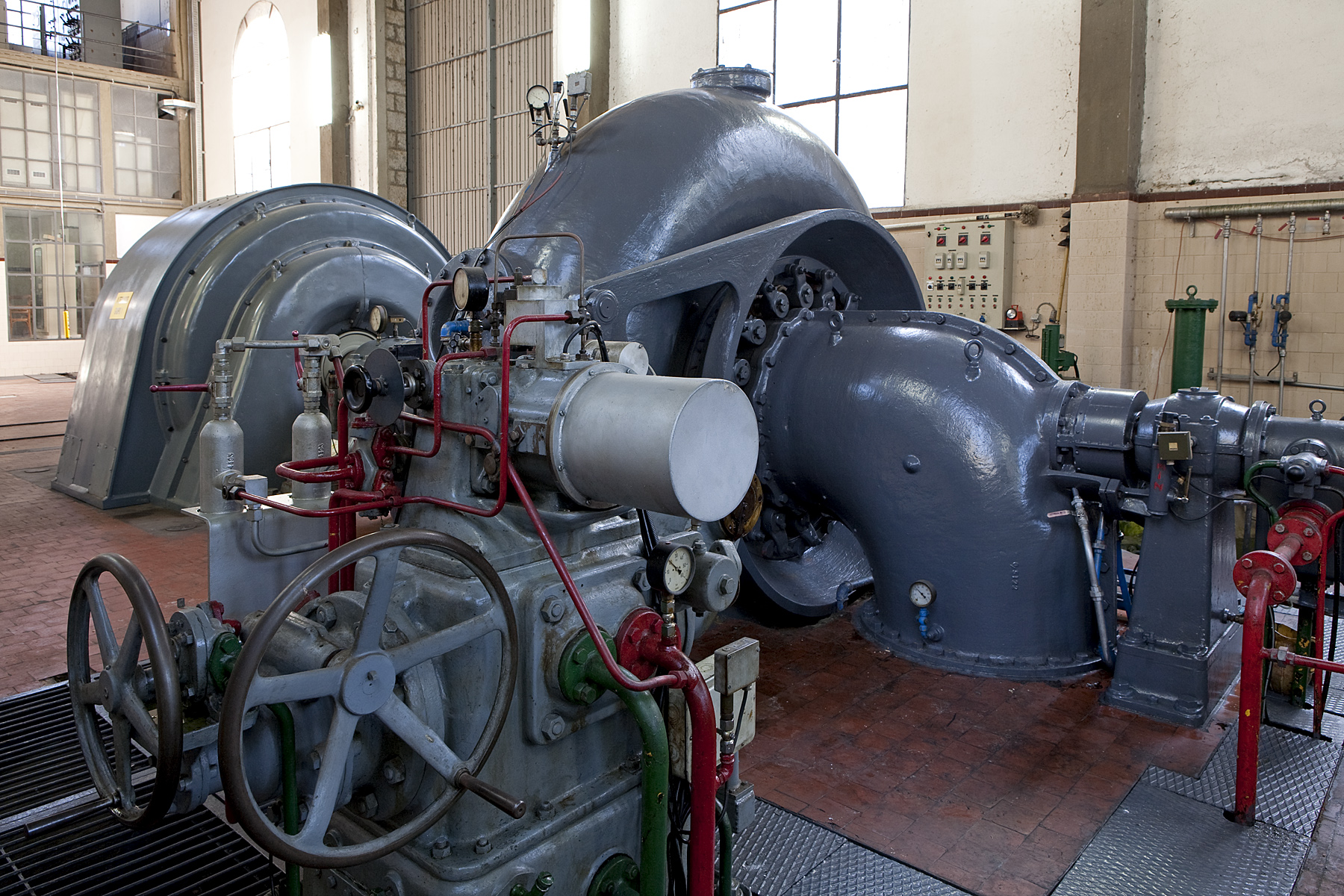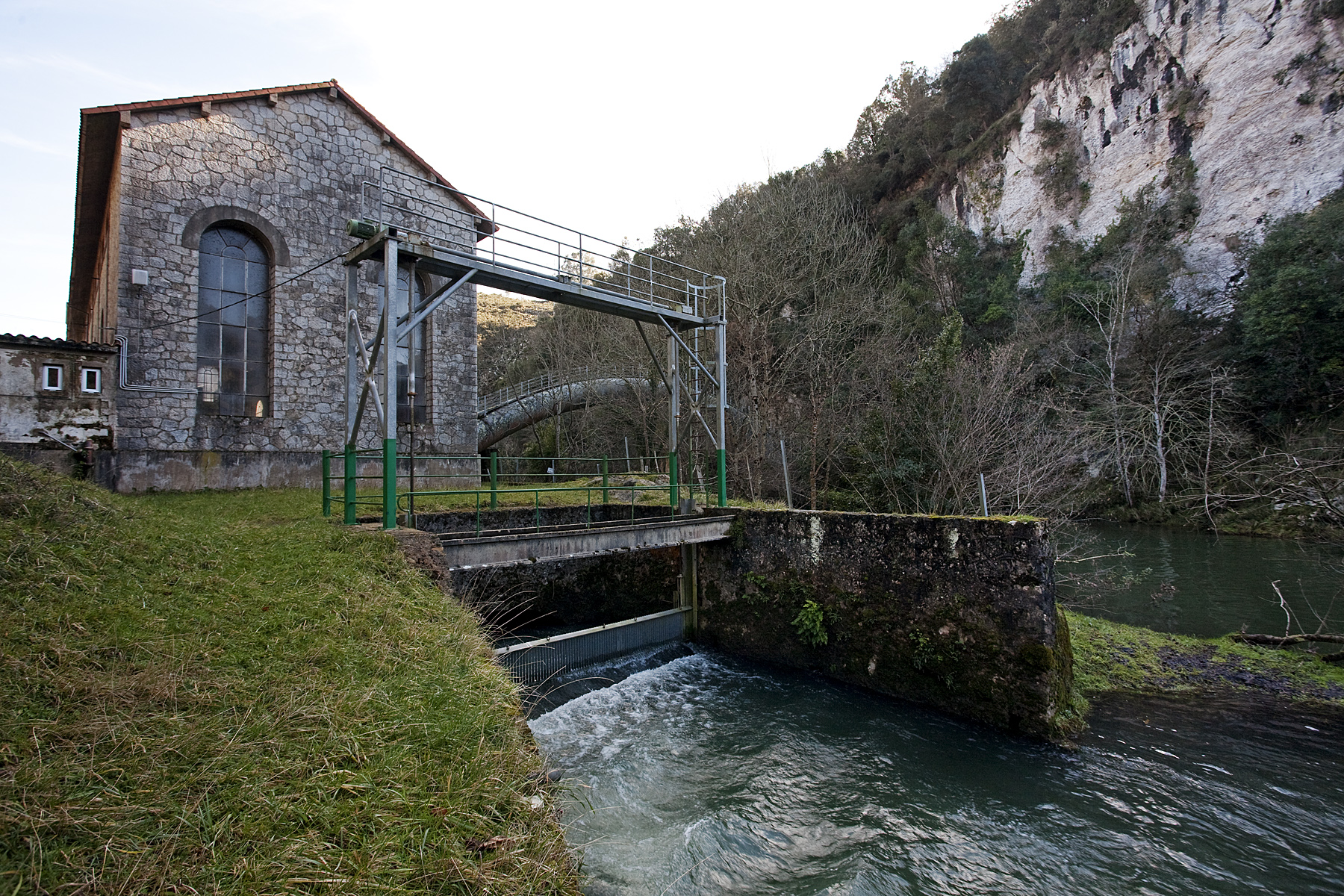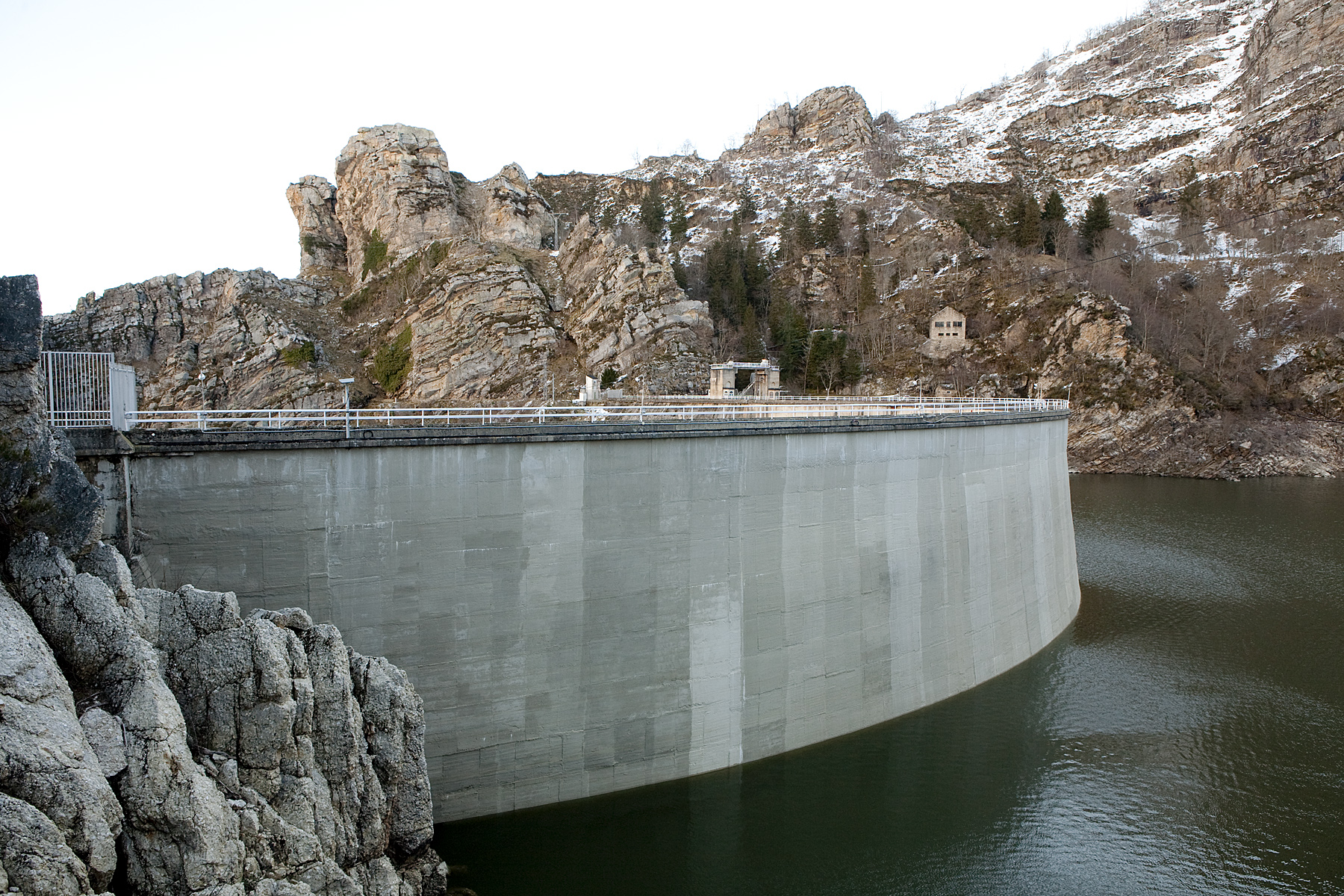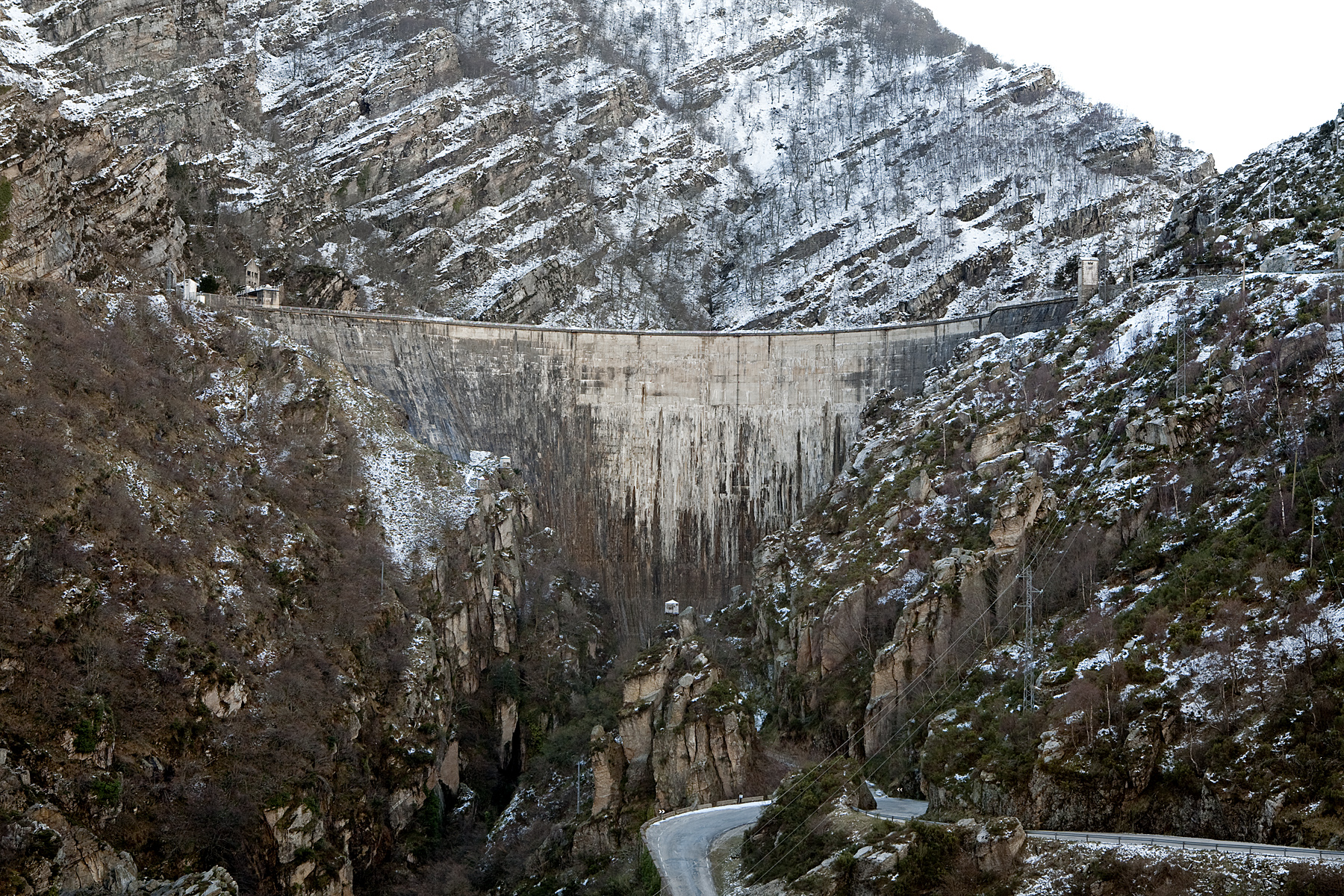52,000
Equivalent households
Saltos del Nansa (Nansa Falls) is made of up of four successive power plants with a total capacity of 48.7 megawatts (MW). It has four waterfalls. The first (Peña de Bejo), at the foot of a dam, regulates the chain and feeds the remaining plants, which are run-of-the-river units (Rozadio, Celis and Herrerías). The plants, which entered service between 1945 and 1952, can supply clean energy to round 52,000 homes.
GENERAL INFORMATION
- Location: Valley of the River Nansa. Cantabria. Spain.
- Capacity: 48.7 MW.
- River basin: River Nansa.
- Owner: ACCIONA.
PEÑA DE BEJO PLANT
- Capacity 20.8 MW: Foot-of-the-dam plant (La Cohilla reservoir).
- In service since 1947: Pelton turbine, dual horizontal rotor and dual injector. Fall: 328 m.
- La Cohilla reservoir: 11.8 hm3, with a double-curved arch dam 116 m high. The crown is 284 m long and 2 m wide.
ROZADIO PLANT
- Capacity: 12.6 MW: Run-of-the-river type.
- In service since 1945: One set has a dual horizontal rotor and dual injector Pelton turbine. The other is a Francis turbine.
- Maximum gross fall: 202.13 m (Pelton) and 204.57 m (Francis).
CELIS PLANT
- Capcity: 6.3 MW: Run-of-the-river type plant
- In service since 1952: Two horizontal-shaft Francis turbines located on either side of a single alternator.
- Maximum gross fall: 102 m.
HERRERIAS PLANT
- Capacity: 9 MW: Run-of-the-river type plant
- In service since 1950: Two horizontal-shaft Francis turbines.
- Maximum gross fall: 65 m.
KEY POINTS
- The plants take advantage of all the hydroelectric potential of the river Nansa
- The La Cohilla dam was the highest in Spain and the third highest in Europe at the time it was built (1950).
Peña de Bejo plant
Foot-of-the-Prey Plant at La Cohilla Reservoir. With a capacity of 11.8 Hm3, it has a double-curved vault dam 116 m high and the crest is 284 m long and 2 m wide. It has a Pelton turbine, double horizontal impeller and double injector
- Capacity: 20.8 MW
- Foot-of-the-dam plant (La Cohilla reservoir)
- In service since 1947
- Fall: 328 m
